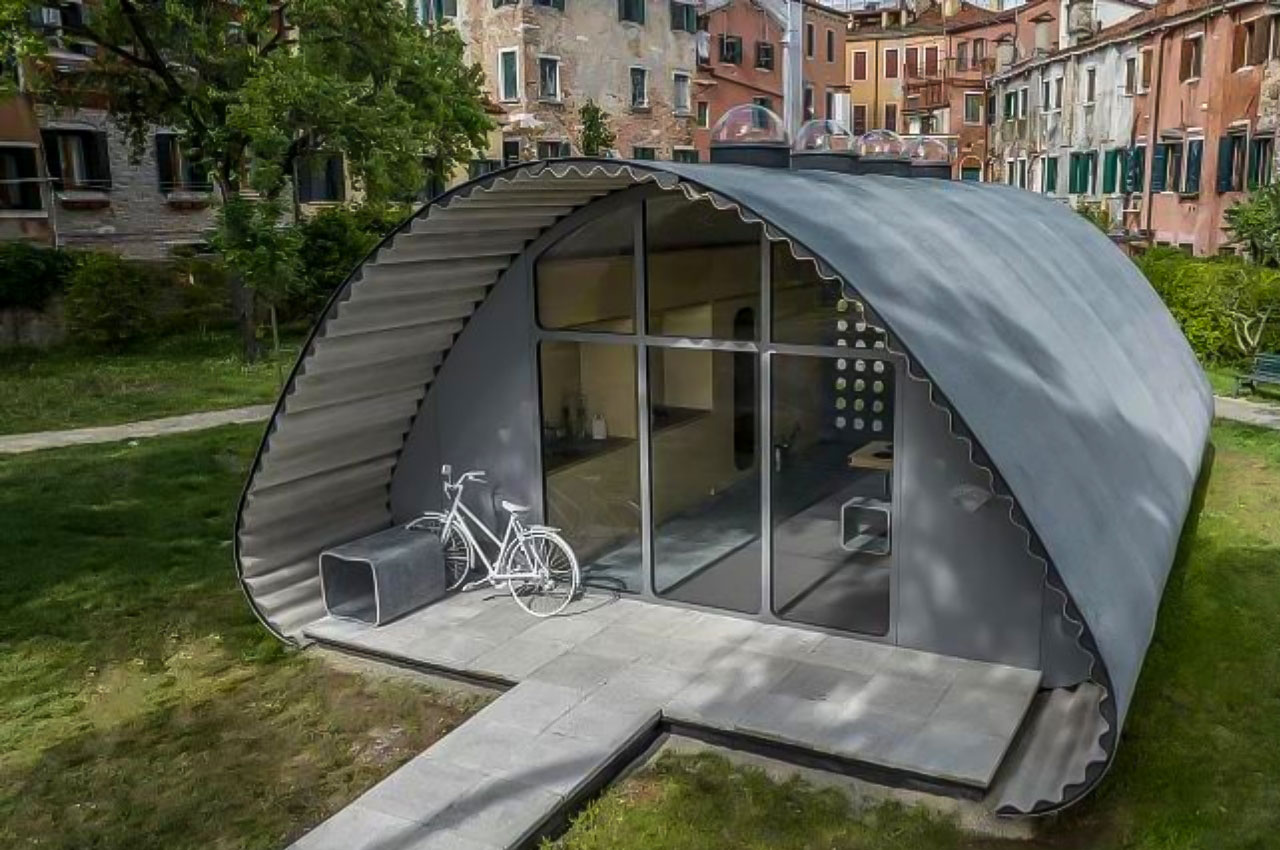
If you consider emergency shelters in instances of pure calamities or refugee camps, typically we consider flimsy tents that may truly get blown away by a robust gust of wind. I typically surprise in regards to the individuals who keep there and whether or not they’ll stay protected in that type of shelter and atmosphere. These days, we’re seeing higher designs for these non permanent housing since individuals who can be staying there actually need to be in an area the place they’ll take precise shelter and attempt to get better from no matter it’s they’re making an attempt to get away from.
Designer: Norman Foster


This new design for a fast-assembly emergency shelter is known as the Important Houses Analysis Challenge and is a collaboration between the Norman Foster Basis and concrete firm Holcim. They displayed the prototype on the Venice Structure Biennale to indicate that these non permanent (and generally not so non permanent) housing could be properly considered and also needs to be one thing that may final for years. There are occasions when households have to remain there for an extended time so the construction needs to be one thing that may stand for a very long time.


The prototype is a rapid-assembly constructing and could be simply be put up on the positioning itself as a substitute of losing time constructing it elsewhere and transporting to the realm. It’s also constructed to resist sturdy components as these camps can generally endure from excessive climate circumstances. You get an arch-shaped framework and a rollable outer shell that’s constituted of principally low-carbon concrete. As soon as assembled, you spray it with water and in simply 24 hours, the construction is sturdy and inflexible. It’s waterproof to resist rain and on the within, there’s insulation to maintain the residents heat. The within can be one thing that individuals will wish to dwell in because the bunk beds and the cabinets and furnishings appear to be snug and sensible.


The housing can be eco-friendly as the bottom itself is constituted of reused building rubble. It says that the development of the shelter makes use of 70% much less carbon than the standard conventional housing. It has a lifespan of twenty years but when wanted, it may be simply demolished and recycled for different issues. Hopefully issues like these grow to be the usual for emergency shelters finally.



